Nestled in Agra, India, the Taj Mahal stands as one of the world’s most breathtaking architectural feats. Renowned for its exquisite white marble design, this UNESCO World Heritage site is not just a monument, but a profound symbol of everlasting love and a testament to historical grandeur.
A Heartfelt Tribute in Stone
The Taj Mahal was commissioned by Emperor Shah Jahan in the 17th century to honor his beloved wife, Mumtaz Mahal, who passed away during childbirth. The emperor’s sorrow and deep love for his wife gave rise to this awe-inspiring structure, which has since become a global symbol of devotion. The grandeur of the Taj Mahal is a reflection of the emotional depth and commitment that went into its creation.
An Architectural Masterpiece
Blending elements of Persian, Ottoman Turkish, Mughal, and Indian architectural styles, the Taj Mahal is a masterpiece in every sense. Its iconic white marble dome, encircled by lush gardens, reflective pools, and intricately designed buildings, evokes a serene atmosphere of elegance and tranquility. As you approach the monument, its reflection in the pools enhances its ethereal beauty.
Inside, the tombs of Mumtaz Mahal and Shah Jahan lie within an ornately decorated chamber. The craftsmanship is extraordinary, with fine carvings, inlaid gemstones, and exquisite calligraphy adorning the walls. Every inch of the Taj Mahal tells a unique story, turning it into a living piece of art.
Ideal Time to Visit
Though the Taj Mahal can be enjoyed throughout the year, the most favorable time to visit is between October and March when the weather is cooler and more comfortable. During these months, you can fully appreciate the monument’s splendor without the oppressive heat. For a more peaceful experience, try visiting early in the morning or later in the afternoon, before the crowds arrive.
For a truly magical experience, consider visiting on a full moon night when the Taj Mahal is bathed in soft moonlight, offering an unforgettable sight.
Exploring Agra: Beyond the Taj Mahal
Agra is home to many other fascinating historical sites that will enhance your visit:
- Agra Fort: This red sandstone fortress, also recognized by UNESCO, was once the heart of the Mughal Empire. Explore its grand halls and expansive courtyards to get a glimpse into the empire’s regal history.
- Fatehpur Sikri: A short drive from Agra, this ancient city was once the Mughal Empire’s capital. With its well-preserved buildings and courtyards, it’s a great destination for history lovers.
- Mehtab Bagh: Located across the Yamuna River, this garden offers a stunning view of the Taj Mahal, especially at sunset, making it an excellent spot for photography.
- Mughlai Cuisine: Agra is famous for its rich Mughlai dishes, including petha (a pumpkin-based sweet) and dal ke paratha (lentil-stuffed flatbreads). Be sure to sample these delicious local specialties.
Where to Stay in Agra
Agra offers a wide range of accommodation options for all kinds of travelers, from budget hotels to luxury resorts. Some popular choices include:
- Luxury: The Oberoi Amarvilas – Known for its stunning views of the Taj Mahal, this five-star property offers a royal experience with impeccable service.
- Mid-Range: Trident Agra – A perfect blend of comfort and affordability with views of the Taj Mahal from its well-maintained gardens.
- Budget: Hotel Taj Resorts – A great choice for budget-conscious travelers, located close to the Taj Mahal.
What to Eat in Agra
Agra is famous for its Mughlai cuisine, and no visit is complete without indulging in some local dishes. Some must-try foods include:
- Petha: A sweet delicacy made from ash gourd, often flavored with rose water or saffron. It is unique to Agra and can be found in almost every shop in the city.
- Mughlai Biryani: A flavorful rice dish cooked with tender meat, spices, and herbs – a perfect example of Mughal influence on Indian cuisine.
- Chaat: Agra is known for its vibrant street food scene, so be sure to try a variety of chaats such as dahi puri and aloo tikki.
Tips for Your Visit
- Entry Fees: Tickets to the Taj Mahal vary depending on nationality and age. Special pricing is available for sunrise and sunset visits, as well as discounts for students.
- Security Checks: Due to the monument’s significance, there are strict security measures in place. Large bags, cameras, and other items are prohibited, so it’s best to pack light and plan ahead.
Explore the Taj Mahal by visiting skyroutetravel.in

 Canada
Canada
 Sri Lanka
Sri Lanka
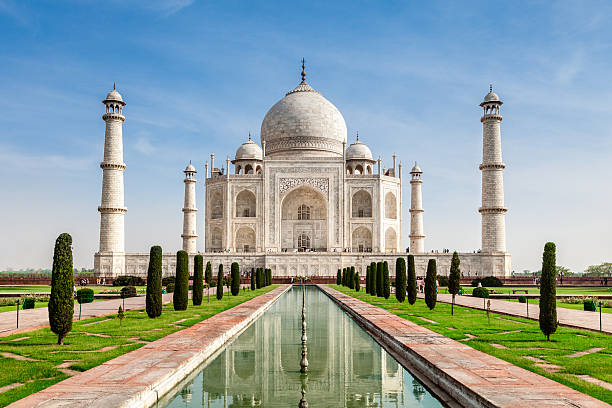
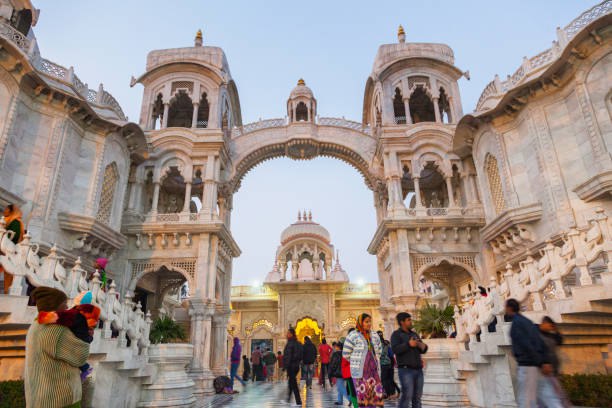
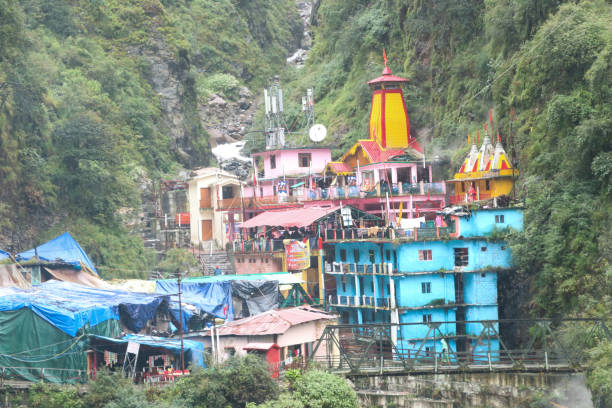
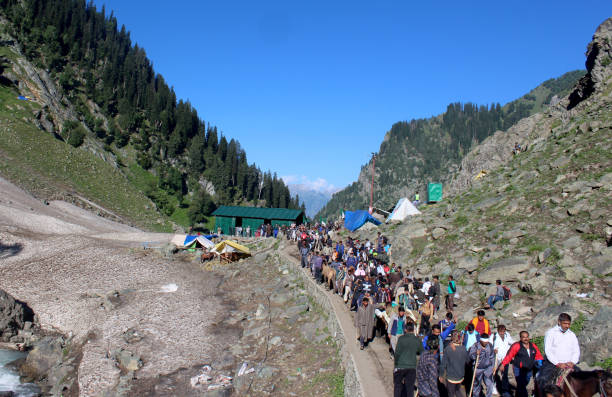
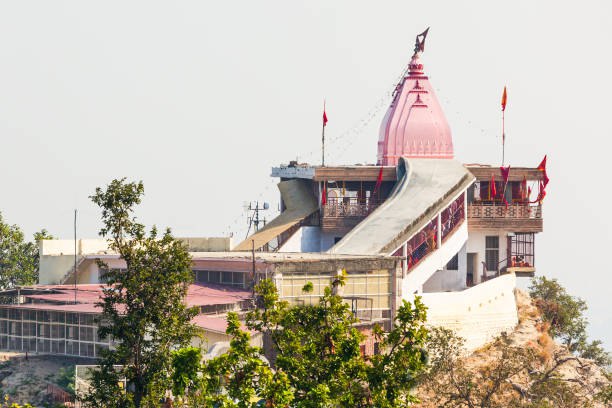
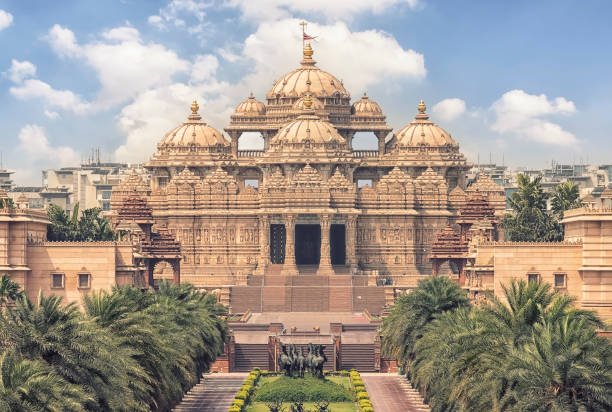
0 comments for this post